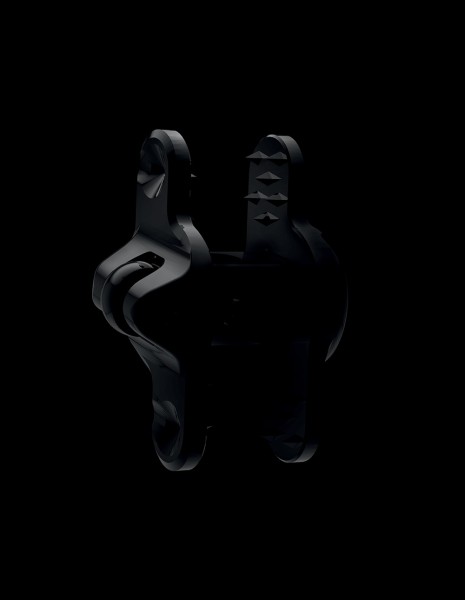
A Novel Nonpedicular Screw-Based Fixation in Lumbar Spondylolisthesis
Ming-Hong Chen and Jen-Yuh Chen
Hindawi Publishing Corporation
BioMed Research International
January 2017
The authors present the clinical results obtained in patientswho underwent interspinous fusion device (IFD) implantation
following posterior lumbar interbody fusion (PLIF). The purpose of this study is investigating the feasibility of IFD with PLIF
in the treatment of lumbar spondylolisthesis. Methods. Between September 2013 and November 2014, 39 patients underwent
PLIF and subsequent IFD (Romeo2 PAD, Spineart, Geneva, Switzerland) implantation. Medical records of these patients were
retrospectively reviewed to collect relevant data such as blood loss, operative time, and length of hospital stay. Radiographs and
clinical outcome were evaluated 6 weeks and 12 months after surgery. Results. All 39 patients were followed up for more than one
year. There were no major complications such as dura tear, nerve injuries, cerebrospinal fluid leakage, or deep infection. Both
interbody and interspinous fusion could be observed on radiographs one year after surgery. However, there were 5 patients having
early retropulsion of interbody fusion devices. Conclusion.The interspinous fusion device appears to achieve posterior fixation and
facilitate lumbar fusion in selected patients. However, further study is mandatory for proposing a novel anatomic and radiological
scoring system to identify patients suitable for this treatment modality and prevent postoperative complications.

